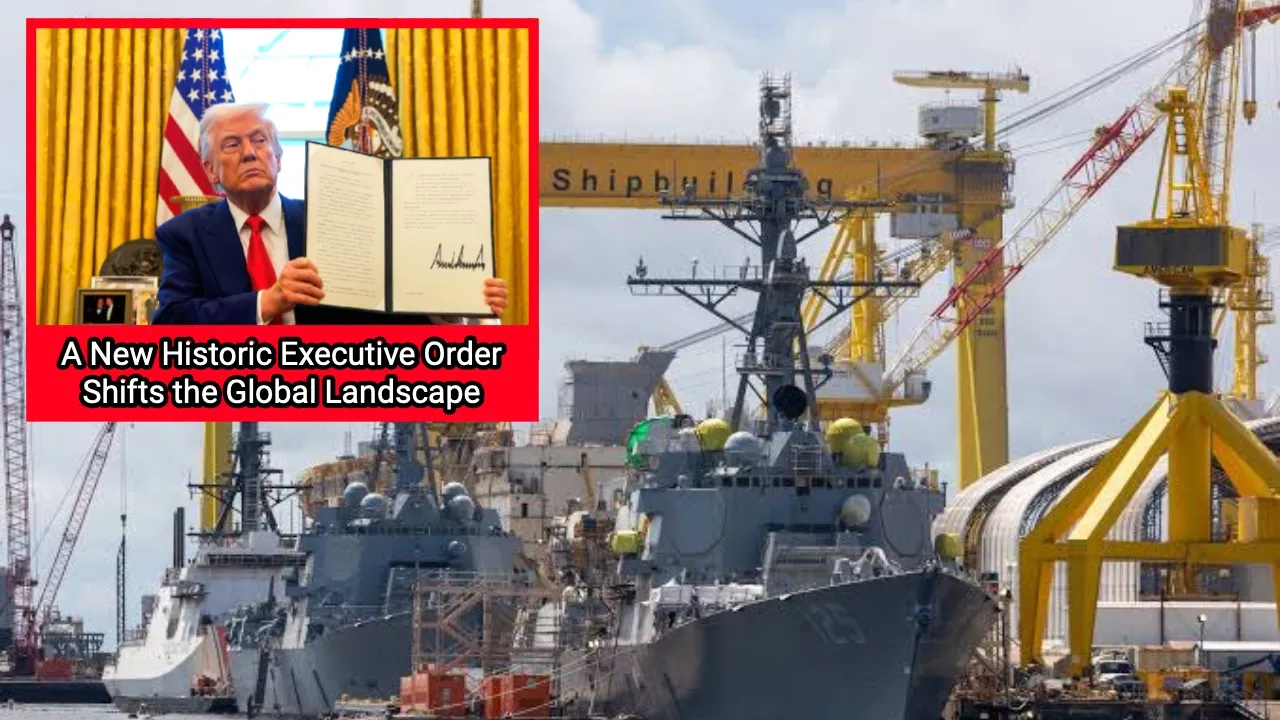Modernizing Defense Acquisitions Strategy
In an era of rapid technological shifts and increasing global threats, the United States can no longer rely on traditional, slow-moving defense procurement models. The Modernizing Defense Acquisitions Strategy announced by the White House in April 2025 signals a dramatic shift in how America defends its strategic interests and innovates within its defense industrial base.
This strategy emphasizes agility, competition, and inclusivity, ensuring that America’s warfighters are equipped with cutting-edge tools faster and more efficiently than ever before. By modernizing acquisition pathways and integrating innovation at every stage, the federal government aims to restore its competitive edge and reinvigorate its national defense posture.
At Capitol 50 Consultants Inc., we’ve been helping defense-focused organizations pivot into this new era with confidence, strategy, and results. This moment is historic. The only question is: will you lead or lag?
The Urgency of Change in Defense Acquisition
Today’s battlefield evolves at the speed of software. Yet, many defense acquisition protocols remain entrenched in Cold War-era models—rigid, cumbersome, and often too slow to meet modern needs. Emerging threats from AI-powered drones, hypersonic missiles, and cyberattacks demand quicker, more adaptable procurement strategies.
With China and Russia accelerating their military advancements and leveraging commercial innovations, the U.S. faces a “now-or-never” inflection point. Outdated acquisition systems could leave the nation vulnerable—not just on the battlefield, but across cyber, space, and economic domains.
Key Takeaways from the Presidential Executive Order
President Biden’s executive action, titled “Modernizing Defense Acquisitions and Spurring Innovation in the Defense Industrial Base”, outlines several concrete reforms, including:
- Establishing a Department of Defense Innovation Unit (DIU) Authority Expansion
- Incentivizing small business participation and non-traditional contractors
- Accelerating acquisition timelines via agile frameworks and OTA (Other Transaction Authority) expansion
- Creating a Defense Industrial Base Innovation Council
- Boosting domestic manufacturing capacity and critical supply chain security
These are not just bureaucratic tweaks. They are systemic reinventions designed to transform the defense acquisition lifecycle from a multi-year slog to a sprint aligned with real-time innovation.
Shaping a Resilient and Innovative Industrial Base
At the core of this modernization push is the recognition that a dynamic industrial base underpins military superiority. Innovation ecosystems—startups, academic institutions, and mid-tier firms—need not only funding but also clearer pathways to participation.
Resilience, too, is key. The COVID-19 pandemic and Ukraine conflict exposed severe fragilities in U.S. supply chains. Future readiness depends on diversifying vendors, securing rare earth supplies, and bolstering advanced manufacturing.
Building an Agile Acquisition Framework
Imagine if acquiring a new drone system took months instead of years. That’s the vision behind new agile acquisition models. By shortening feedback loops, breaking down procurement silos, and embedding end-users (warfighters) in design phases, these reforms make capabilities deployable in real-time conflict environments.
Moreover, embracing DevSecOps and software-centric acquisition models can ensure that defense tech stays current and adaptable.
Empowering Small and Non-Traditional Players
Historically, big defense contractors dominated Pentagon deals. But innovation often comes from the fringes—Silicon Valley, university labs, or startups. The modernization strategy explicitly seeks to open procurement lanes to these players.
This involves simplified contracting processes, risk-tolerant pilot programs, and rethinking evaluation criteria to reward innovation rather than just past performance.
Fostering Public-Private Partnerships
Partnerships between federal agencies and commercial innovators are no longer a “nice to have”—they’re essential. The executive order encourages cross-sector innovation pipelines, from R&D to field deployment, harnessing the best of both worlds.
Efforts like the National Security Innovation Capital (NSIC) and In-Q-Tel model show what’s possible when agility meets funding.
FAQs
Why is modernizing defense acquisition important now?
Global threats have evolved rapidly, and U.S. procurement systems have lagged. Modernizing acquisition is critical to keep pace with technological and strategic shifts.
What role do small businesses play in this strategy?
They bring innovation, speed, and fresh perspectives. The strategy aims to simplify participation and increase funding access for non-traditional vendors.
How does this strategy help reduce dependency on foreign supply chains?
It encourages domestic manufacturing of critical technologies and materials, helping build a resilient and secure supply base.
What is OTA, and why is it emphasized?
OTA (Other Transaction Authority) allows the DoD to bypass traditional, slower contracting processes for innovative projects, reducing bureaucracy.
Will AI be part of the modern acquisition framework?
Yes, AI will play a pivotal role in both tools procured and the systems used to evaluate and acquire those tools.
How is cybersecurity addressed in this strategy?
Cybersecurity is being baked into every phase of the acquisition lifecycle, with standards for supply chain security and secure-by-design requirements.
Partner with Capitol 50 Consultants Inc.
The defense landscape is changing fast—and navigating it requires not only strategic insight but also expert execution. That’s where Capitol 50 Consultants Inc comes in.
We help federal agencies, defense contractors, and tech innovators implement the very changes laid out in the 2025 modernization strategy. From compliance and workforce transformation to agile procurement and cybersecurity—we make modernization real.
🔹 Strategic Acquisition Planning
🔹 Innovation Pipeline Development
🔹 Cybersecurity & Compliance Readiness
🔹 SBIR/STTR Support and Vendor Diversification
🔹 Federal Workforce Training & Advisory
Let’s move your mission forward with clarity and speed.
👉 Visit us
✉️ Email: [email protected]
📞 Partner with us: Book here.
Your mission is national security. Ours is helping you deliver it.
Conclusion
The Modernizing Defense Acquisitions Strategy represents more than just administrative reform—it’s a transformational blueprint for how the United States prepares for future threats. By streamlining procurement, elevating innovation, and diversifying its industrial base, America is poised to reclaim its edge in global defense readiness.
This effort will not be easy. It demands cooperation across government, industry, and academia. But if successful, it will build a defense ecosystem as adaptive, powerful, and forward-looking as the threats it aims to counter.
Reference: Modernizing defense acquisitions and spurring innovation in the defense industrial base




